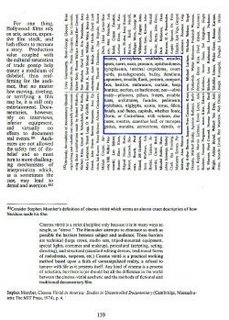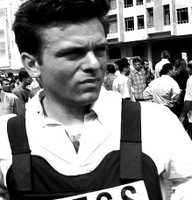The October issue of HOW has an article titled "Rethinking Your Website" that focuses on how too many designers (and design firms) are relying on "Flash animaton and other visual tricks" to catch people's attention- mostly clients and other designers. According to David C. Baker, a management consultant for small design/communication firms, most designers and firms who use this approach do it to control a user's experience, instead of allowing them to experience it on their own terms, which is the whole purpose of the world wide web.
Since the Internet has become the main marketing medium for many small firms, it's really important for a designer's website to be a complete and user-friendly representative of the firm's capabilities and and experience. Too many are turning to Flash animation, which, according to Eric Holter of Newfangled Web Factory, is more of an annoyance than anything, getting in the way of information delivery.
What designers should concentrate on is the content of the site, and make sure it is always up to date and dynamic. Holter says that many designers don't "get" that the role of their website is different than the role of most of their work- "push" campaigns like print and TV- which focus on grabbing attention. People don't walk by websites, people choose to go to them to get information, or whatever their interest is.
So what should designers do with their websites? The article advises that keeping your content current is the most important. Keep up to date on posting projects- they advise making an online portfolio data-driven instead of static, sortable by media, industry, etc. Giving choices about how to interact will make the user more engaged. The ability to harness search-engine capabilities, even using title tags properly, can help prospective users find you and your information easier. (Most designers or small firms probably don't have the skills to develop a data-driven site, so they lean toward technically-undemanding sites. Holter and Baker recommend investing in a programmer to integrate this technology into a site if you can't do it yourself.)
They also recommend thinking about components on your site that lets users/clients know your focus, process, legal information, privacy policy, mission, philosophy, news releases, client testimonials, case studies, staff cameos, faqs, contact information, and how you are different from other designers. As a matter of fact, the more words you use on the site, the more possibilities that search engines will find you!
So, Flash is great for some things, but not for all things. It can be entertaining, but it can also get in the way of communicating because its end-product is static. How difficult is it to learn some programming for a data-driven website? Is this another skill that a designer should learn, or hire it out?








